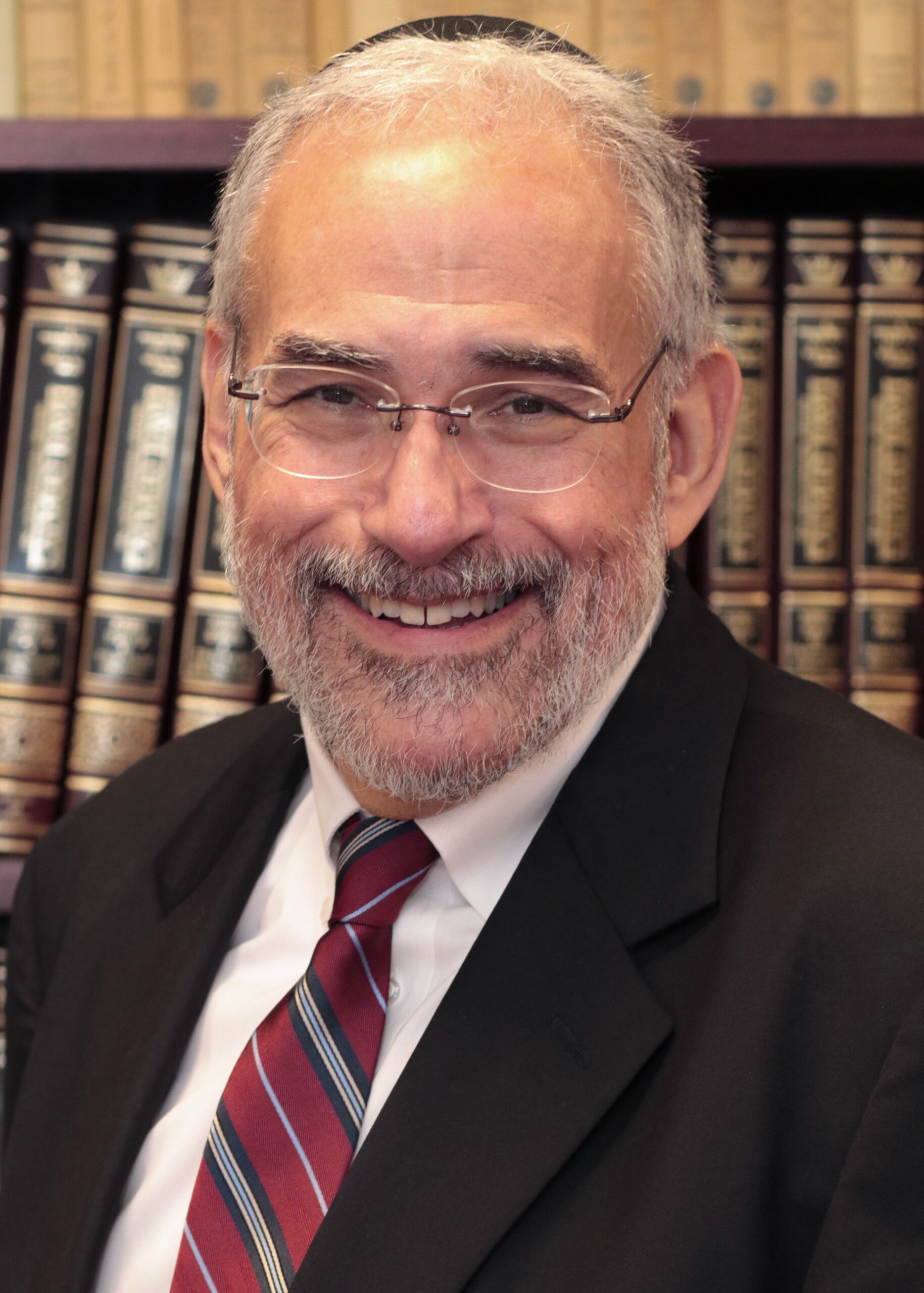“And he approached” — the opening words of this week’s Torah reading. A single word in Hebrew — va’yigash, it is more than a name for the reading, or even a description of the opening action – in which Judah approaches the Egyptian prince who he still does not know is his long-lost brother, Joseph.
Approaching — coming closer to, but not fully connecting with, let alone being the same as — lies at the heart of this entire reading, as it does in so many parts of our lives. Judah approaches Joseph (Gen. 44:18), Joseph invites all his brothers to come closer (45:4), Jacob travels to Egypt to reconnect with Joseph (45:28), Joseph goes to meet his father (46:29), and Joseph re-approaches Pharaoh (47:1).
How do we come close? How is being close different from being the same as? Why do we so often confuse closeness with sameness? How might maintaining the distinction between the two support more authentic and durable closeness?
The list of “approaches” above leaves off the one that may help us start answering these questions. It is the way Joseph enslaves the Egyptians, in ways that approach how they will later enslave the Israelites. With the famine deepening — “there was no bread in all the world” (47:13) — the Egyptians have exhausted their money, their cattle, and their land, all of it going to Joseph and to Pharaoh to buy food. They now approach Joseph with nothing more to offer, starving just the same. Joseph has a solution.
Joseph acquires the people themselves — the verb is used 3 times in 5 verses — and the people describe themselves as now being slaves to Pharaoh (47:25). To be sure, this enslavement lacks the deep suspicion, ethnic hatred, and obvious violence that will mark the Egyptians’ enslavement of the Israelites, but the similarities are real and painful. In other words, the two stories are not identical, but like so many other pivotal moments in this Torah portion, they approach one another in important ways.
We cannot turn to the story of Israel’s enslavement, suffering, and liberation without first appreciating how our story and other peoples’ stories of enslavement, suffering, and liberation, approach one another. We need not, and should not, pretend that they are identical, but neither can we fail to appreciate how they are alike and how they are related.
Flattening the distinctions between people’s identities and people’s stories — be they our personal stories or our communal ones —is a disservice to their respective integrity. Failing to observe and learn from their similarities is a disservice to our humanity. We often see either the distinctions or the similarities. When we find the ability to do both, it can be quite powerful.
I saw this earlier this week when I addressed a group of Divinity students from United Seminary in Ohio. The group gathered on Zoom from across the country, in preparation for a January trip to Cyprus I’ll be helping to lead. It’s part of their required coursework in exploring religious and cultural diversity, which are key issues in both ancient and contemporary Cyprus. This trip usually brings students to Israel, but that proved too challenging for the Seminary at this time. Therefore, unlike on a pilgrimage to Israel, my role on the Cyprus trip would be less immediately clear to the students. I knew I needed to address that from the start.
“How many of you have seen Sesame Street?” I asked. Every hand was raised. “How many of you remember the song, ‘One of these things is not like the others, one of these things just doesn’t belong,’ I asked, and again all the hands were up. “Great,” I said. “This is a lot like that, but with one important difference.”
I explained that one of the “things” in this entirely Christian group was not like the others, and that we all knew that was me. Unlike the song however, I continued, I am both not like the rest of the group and I do belong — at least I think I do, the Seminary thinks I do, and that I hoped that they would agree, at least by some point in the trip.
I was able to explain that the basis of my sharing this journey with them was not that “we are all the same.” We aren’t. And at the same time, we are alike enough to learn both with and from one another. We talked about how we can really be in something together, even as we are not all the same or have exactly the same experience.
It was, I realized, a story of approaching. Like the stories of approaching in this week’s Torah reading, this kind of approaching helps us to find both ourselves and each other, with greater clarity, integrity, humility, and compassion — if we dare to embrace both the genuine intimacy and ongoing differences in the act of approach.

Listed for many years in Newsweek as one of America’s “50 Most Influential Rabbis” and recognized as one of our nation’s leading “Preachers and Teachers,” by Beliefnet.com, Rabbi Brad Hirschfield serves as the President of Clal–The National Jewish Center for Learning and Leadership, a training institute, think tank, and resource center nurturing religious and intellectual pluralism within the Jewish community, and the wider world, preparing people to meet the biggest challenges we face in our increasingly polarized world.
An ordained Orthodox rabbi who studied for his PhD and taught at The Jewish Theological Seminary, he has also taught the University of Pennsylvania, where he directs an ongoing seminar, and American Jewish University. Rabbi Brad regularly teaches and consults for the US Army and United States Department of Defense, religious organizations — Jewish and Christian — including United Seminary (Methodist), Yeshivat Chovevei Torah (Modern Orthodox) Luther Seminary (Lutheran), and The Jewish Theological Seminary (Conservative) — civic organizations including No Labels, Odyssey Impact, and The Aspen Institute, numerous Jewish Federations, and a variety of communal and family foundations.
Hirschfield is the author and editor of numerous books, including You Don’t Have To Be Wrong For Me To Be Right: Finding Faith Without Fanaticism, writes a column for Religion News Service, and appears regularly on TV and radio in outlets ranging from The Washington Post to Fox News Channel. He is also the founder of the Stand and See Fellowship, which brings hundreds of Christian religious leaders to Israel, preparing them to address the increasing polarization around Middle East issues — and really all currently polarizing issues at home and abroad — with six words, “It’s more complicated than we know.”

